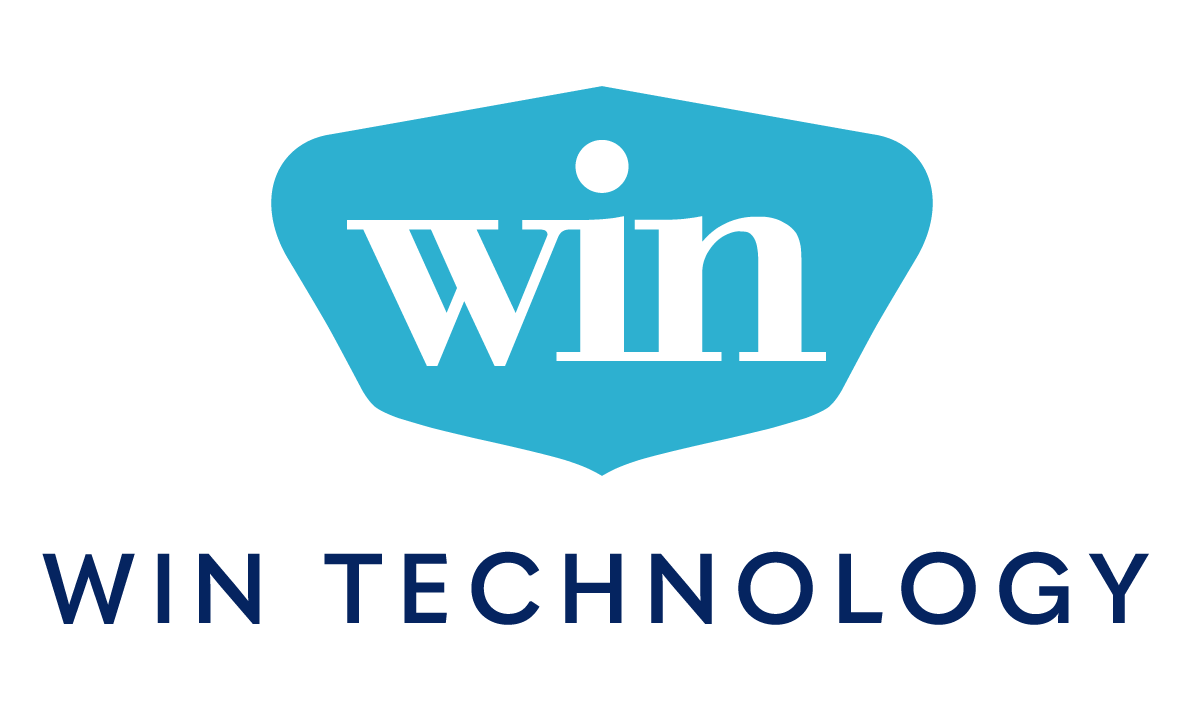
Why onboarding should be approached as a professional services project engagement
The selling phase is over, the decision is made, and the real relationship begins. In most Managed Services engagement scenarios, the new partner is most likely replacing a parting provider or integrating to an existing client team. Regardless of the reason, many expect the new partner to land in the environment in its current state and immediately deliver value while also formally learning, documenting, and enhancing the environment.
In practice, the motions of landing-and-supporting and onboarding are not the same. Onboarding activities are better aligned to a Professional Services project engagement where there is a clear beginning-middle-end, focused resources, and a known set of deliverables. The land-and-support activities are classical ongoing Managed Services.
In the initial land-and-support phase, value transfer to the client is at its lowest because none of the value enhancing deliverables have been delivered. Without a separate, focused effort designed to increase the value, the managed services resources are left to work “in” the business delivering support, while also working “on” the business to develop the enhancements. This increases time to value for the client, and in turn, it begins to form a credibility gap and erodes the relationship.
In contrast, a focused Professional Services onboarding project, led by a seasoned project manager, increases time to value for the client on the Managed Services portion of the engagement. Properly formed, this project accelerates time-to-value by including deeper discovery and documentation of the environment, implementation of tooling, and integration of best practices. As these projects typically run between 4 to 12 weeks (depending upon the breadth of services contracted and complexity of environment), the value impact begins to accrue much earlier. This builds credibility and strengthens the relationship.
Deeper Discovery and Recommendations
The reality about discovery is that, despite everyone’s best efforts to fully map out a given environment prior to entering the engagement, there’s always several items not found. The discovery portion of the onboarding project helps to surface all the nuances of the environment to prevent any unexpected surprises down the road.
Another deliverable of this activity is a set of recommendations related to technical debt, gaps in cybersecurity, and standardization. These items establish a baseline for planning and budgeting conversations with the Customer Success Manager. Rather than waiting for this to emerge from the managed services activities, surfacing these items during the onboarding project leads to actionable ideas sooner. Earlier awareness leads to better decision making, which leads to a faster path to more value.
Documentation of the Environment
Documentation is one of the most important components of effectively and efficiently managing an environment. In the least mature environments, there is very little documentation because people are applying the knowledge held in their heads. Mature environments typically have better documentation, but we frequently find incomplete, disorganized, and outdated information. The onboarding project lands the documentation in a more optimal state.

Implementation of Tooling and Integration of Best Practices
One of the most important monitoring tools we use for managed services are Remote Monitoring and Management (RMM) agents. These enable remote access to the environment, monitoring, patch management, endpoint management, and asset discovery. Certain environments may require additional monitoring tools.
In the Co-Management form of engagement, we also deliver access to our ticketing (ITSM) and documentation systems. This qualifies as both tooling and best practices since the client receives the benefit of our mature ITIL-based practices baked into the systems we share. For low-maturity clients, this immediately transforms their operations to a higher value-added state.
In the onboarding project, the operations of the environment start the journey of orienting to our methodologies. Landing these best practices in areas such as documentation management, configuration management, change management, ticket categorization-prioritization-escalation, and reporting produces a surge of improved service and user experience.
Communications and Team Building Success
An incidental benefit of separating the professional services activities from those associated with managed services is the clarity in communications and accountabilities. When these activities are combined and pursued by multiple resources from the client and provider, the potential for breakdown is increased. By separating these activities and providing a framework in which all players can clearly understand their roles in these activities, the teams can feel more in control and successful. These successes build upon themselves to produce greater harmony in the partnership and provide more value earlier in the engagement.
Ready to Learn More?
Properly formed onboarding matters because it is the gateway to acquiring the optimal value of managed services at the earliest phases of the engagement with the least organizational turbulence.
If you would like to learn more about WIN’s custom IT solutions, contact us! We would be happy to share with you what to expect when you engage with us, and how WIN can support your organization’s needs.
